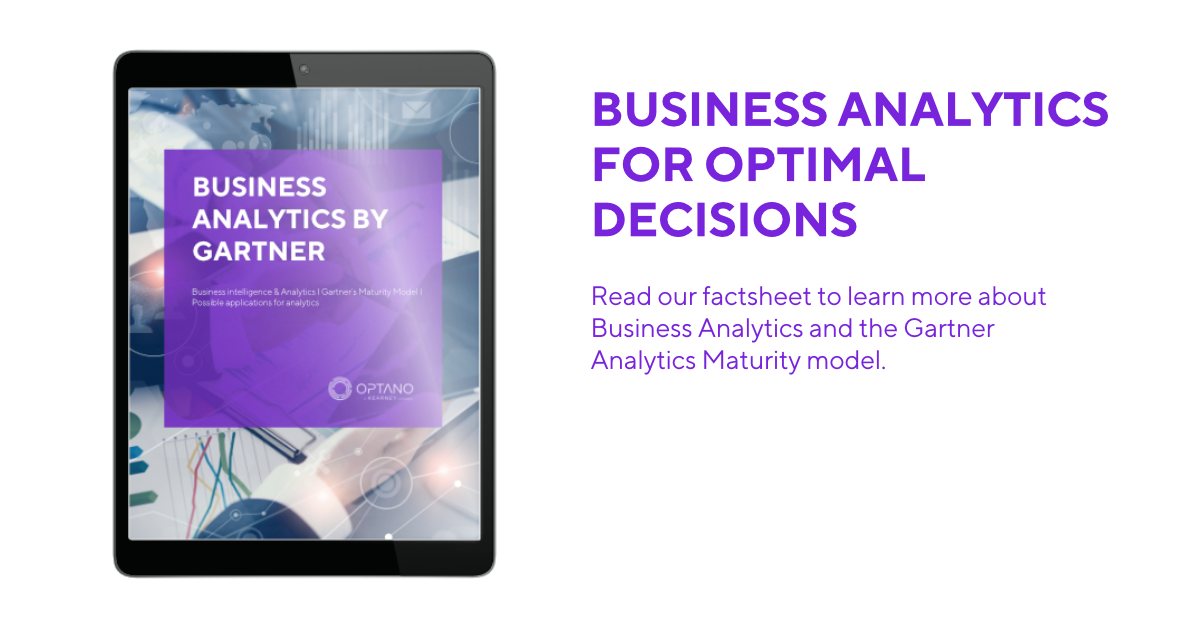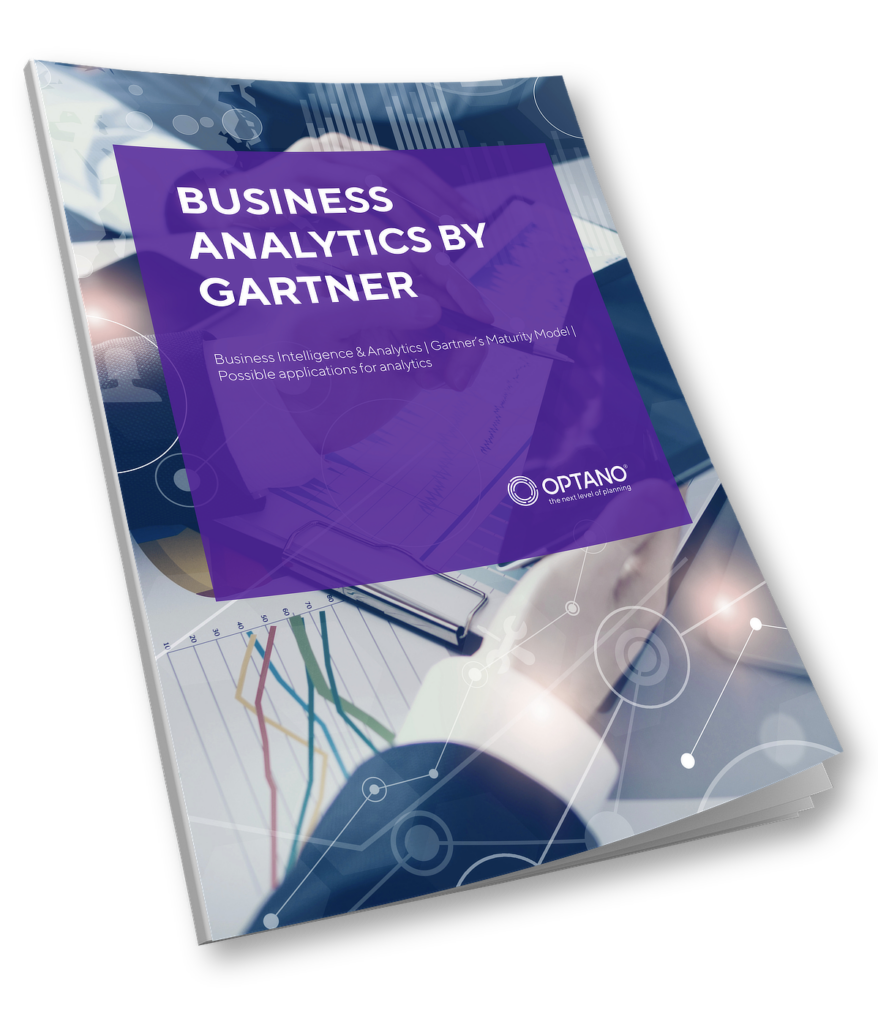Optimized
Inventory Management
Right now it is peak season for stationery stores as children are stocking up on the school supplies listed on the “back-to-school” shopping lists. The demand for pens and pencils, exercise books, folders, etc. is expected to continue until mid-September. Fortunately, the start of the school year is known well in advance and specialist shops are aware of schools’ requirements so stationery suppliers are more than prepared to meet the seasonal demand.
If only it were as easy for other businesses to know exactly how many goods or raw materials they should stock and when. Take the example of a global manufacturer of smartphones and televisions. The company had to stockpile approx. 50 million smartphones in its distribution warehouses because they couldn’t be sold. Even if part of the problem can be blamed on supply chain issues, there is also another reason: the company failed to accurately forecast demand.
In this article we look at the challenges that confront companies when it comes to inventory management and explain how these can be overcome.
The five golden rules for successful inventory management
Extreme demand fluctuations, shorter product life cycles, product individualization, customers’ expectations regarding shorter delivery periods and low-priced products: these are all factors that are making it more and more difficult for companies to reliably forecast demand and determine how high – or low – their inventory levels should be. Yet how can a company ensure that it always has the right amount in stock in order to meet customer demand?
Basically, inventory management is all about observing five golden rules: having the right stock in the right amount in the right place and at the right time and at the right costs. However, this is easier said than done.
Two inventory strategies that companies tend to use are Just In Time (JiT) and/or Just In Case (JiC). Both of these have their pros and cons which we will look at below:
Just in Time (JiT)
Just In Time is a form of inventory management in which materials and goods are ordered from the supplier only when they are needed, i.e. when an order has been placed. Originally developed by the Japanese corporation,Toyota, in 1973, the concept quickly took hold in other global companies with the aim to reduce inventory holding costs and increase inventory turnover.
Advantages of JiT are:
1. It reduces waste:
JiT limits, or even eliminates over-production which is a main cause of unsaleable goods and materials that lie idle in warehouses, i.e. dead stock, which creates waste and takes up storage space.
2. Reduced holding costs:
With the JiT method, you avoid having excess inventory and save storage space and money which can be invested in product development, R&D, better machines, etc…
The Just In Time Strategy also has drawbacks. For example:
1. Rework is a problem:
In the event that products have to be reworked in case of defects or poor quality, then this can be difficult since inventory is based only on the customer’s original order and is therefore kept to a bare minimum. This means that parts and materials for any rework will need to be reordered and there is no guarantee that they will arrive in time to fulfil the order in time.
2. Disruptions:
In the event of any supply chain disruption or sudden demand fluctuation, there is not enough stock to fall back on and this can have a major impact on sales, never mind customer satisfaction, if goods cannot be delivered.
To sum up: JiT is a highly effective concept which can help you reduce costs and avoid excess inventory and considerably reduce wastage levels, but only when conditions are ideal and your supply chain and production run smoothly. The Corona pandemic proved that the concept is not watertight. As soon as supply chains were disrupted due to lockdowns and the closure of container ports, etc, companies that used the JiT method did not have enough in stock to cover the demand for many items which had skyrocketed due to panic-buying. For JiT to work reliably, a business needs to ensure that it has accurate demand forecasting in place.
Just in Case(JiC)
Just-in-Case (JiC) is an inventory management method that involves producing or purchasing stock with excess or buffer stock in place. This means that there is always stock available for the business if required.
The advantages of JiC are:
1. Respond more flexibly to market changes:
If there are supply chain disruptions or sudden surges in demand, a company has sufficient goods in stock to supply its customers promptly, ensuring customer satisfaction. Companies can respond far better to market changes. This makes them more competitive in their respective markets.
2. Cost reductions when buying in bulk:
A few large orders can reduce the procurement costs. This already provides an ideal basis on which to negotiate better prices with the supplier. Smaller re-orders, however, mean higher prices.
Yet JiC is not without its disadvantages:
1. More storage space is needed:
Having more buffer stock means that it takes up storage space in warehouses which means a large amount of a company’s capital is tied up in stock when it could be invested in other areas.
2. Goods can lose their freshness in storage:
Perishable goods can obviously only be stored for a certain period of time before they expire and so it is essential that they are sold quickly. Goods also need to be protected from other forms of damage while in the warehouse such as non-exposure to direct sunlight, moisture, etc. to prevent them from becoming unsaleable. Furthermore, goods that have been left in storage for too long may have to be sold at discount prices.
To sum up: JiC can prove highly beneficial as you can react more flexibly when sudden orders come in and can compete well in your respective market. However, too much in stock can also impact business, particularly if the goods cannot be sold on.
More interesting articles
The right software: the sixth golden rule of inventory management
As we have demonstrated above, neither of the above methods can be viewed as the “magic formula” for optimal inventory control. Both have their pros and cons and, as many companies have realized over the past few years, complete reliance on just one method is risky.
For this reason, it can make sense to have a hybrid method, combining both JiT and JiC. For example, JiT could be used for products that are not in high demand and JiC for popular, standardized products.
Yet this should not be deemed as the be-all and end-all solution. Even with a combination of both methods, inventory management is still a complex matter. Other measures can also help. For example, supplier diversification, so that companies are not dependent on one single supplier but several, and at best with one or more based in the regions in which you manufacture. More transparency in the supply chain as well as in production planning is also an absolute must. Being in a position to know what is happening in all areas – from the supplier to the end customer – facilitates your planning enormously. However, manual planning, i.e. with spreadsheets, is not advanced enough to manage complex planning issues. What is needed is advanced software to find intelligent solutions to inventory management problems.
Improved stock availability, reduced inventory levels and costs can be attained by having an optimized inventory management system which allows you to meet demand volatility and supply chain challenges. By using optimization software which is based on advanced analytics methods, inventory planning and management can be performed fast, easily and efficiently.
Always stay one step ahead of your inventory management
With the help of sophisticated analytical methods such as Predictive and Prescriptive Analytics, optimization software such as OPTANO can create plans for your company which are based on a model that maps not only your inventory management but your entire supply chain and production, taking all of your objectives, variables and constraints into consideration.
Different alternatives are analyzed and compared with one another in what-if scenarios to find the best solution to your planning problems. By using the same data in various scenarios, you can forecast demand both in the long- term and short-term. This greatly facilitates your inventory planning and allows you to prepare and respond quickly to unexpected disruptions by adjusting inventory to account for different lead times and any changes to production schedules. You can identify which steps to take to prevent excess inventory and optimize the distribution of inventory across multiple warehouse locations. KPIs and reporting round off the optimization package.
Do you have inventory management problems or another optimization issue that you would like to talk to us about? We look forward to hearing from you. Our consultants are just a phone call or email away. And if you are interested in learning more about how Advanced Analytics can support your business, you can find download our factsheet “Business Analytics by Gartner” which will give you fascinating insights into the world of analytics and optimization.
With OPTANO your inventory is in good hands
OPTANO gives you an overview of your entire inventory mangement as well as your supply chain and production planning so that your inventory is as “safe” as the back-to-school inventory of stationery suppliers. Thanks to OPTANO you are in a strong position to meet your customers’ expectations – an invaluable tool to gain a crucial competitive edge in your market.
Have you already got your factsheet on this topic?

Gartner divides analytics into 4 levels -we have described what they are and what they are used for in this whitepaper.
To obtain our factsheet, all you need to do is enter your contact details in the space below. A pop-up window will then open to download the whitepaper. Please note that by providing us with your email address, you agree that we may contact you on this topic. You may revoke this agreement at any time by contacting [email protected].








